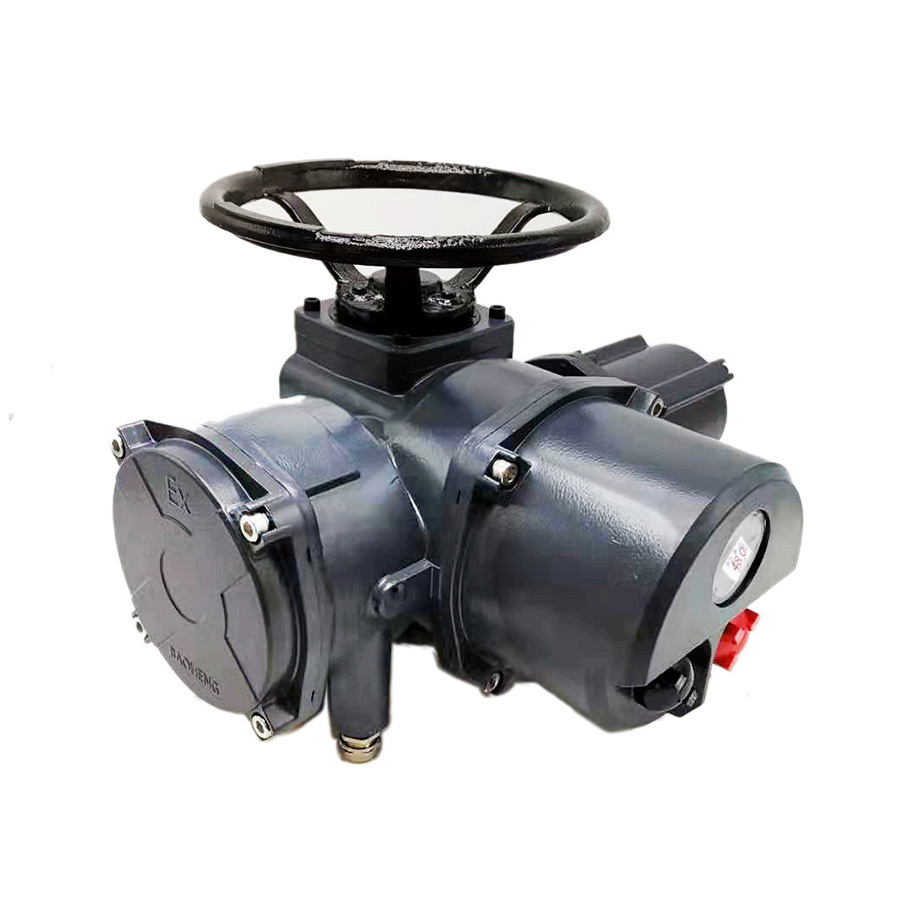HES, HEC single-seat cage regulating valve
Flexible operating mechanism, deep scientific research and development strength, strict production quality control system, perfect sales service network, professional and all-weather service system.
- Commodity name: HES, HEC single-seat cage regulating valve
Control valve (Control valve) consists of two main components: valve body assembly and actuator assembly (or actuator system), divided into four series: single-seat series control valve, double-seat series control valve, sleeve series control valve and self-operated series control valve. Variants of the four types of valves can result in many different applicable configurations, each with its particular application, characteristics, advantages and disadvantages. Although some control valves have a wider range of application conditions than others, control valves cannot be applied to all conditions to jointly build solutions that enhance performance and reduce costs.
There are many types of control valve body, commonly used straight-through single seat, straight-through double seat, angle, diaphragm, small flow, tee, eccentric rotation, butterfly, sleeve, spherical and so on. In the specific choice, can do the following considerations:
1. Mainly according to the selected flow characteristics and unbalanced force and other factors to consider.
2. When the fluid medium is a suspension containing a high concentration of abrasive particles, the internal material of the valve should be hard.
3. As the medium is corrosive, try to choose a simple structure valve.
4. When the temperature and pressure of the medium are high and large changes, the valve core and the valve seat material should be selected with small changes in temperature and pressure.
5. Flash evaporation and cavitation are only produced in liquid media. In the actual production process, flash evaporation and cavitation will form vibration and noise, and shorten the service life of the valve. Therefore, the valve should be prevented from flashing and cavitation when selecting the valve.
Features
There are various types of control valves, and their applications are different. Therefore, the type of control valve should be reasonably selected according to the requirements of the production process.
2. Pneumatic control valves are divided into two categories: gas opening and gas closing. The air-on control valve is closed in the fault state, and the air-off control valve is opened in the fault state. Some auxiliary equipment can be used to form a retaining valve or make the control valve self-locking, that is, the control valve maintains the valve opening before the failure.
3. The way of gas opening and closing can be realized by the combination of positive and negative actuator types and positive and negative valves. When using the valve positioner, it can also be realized by the valve positioner.
4. Various control valve structure is different, each has its own characteristics.
Message








